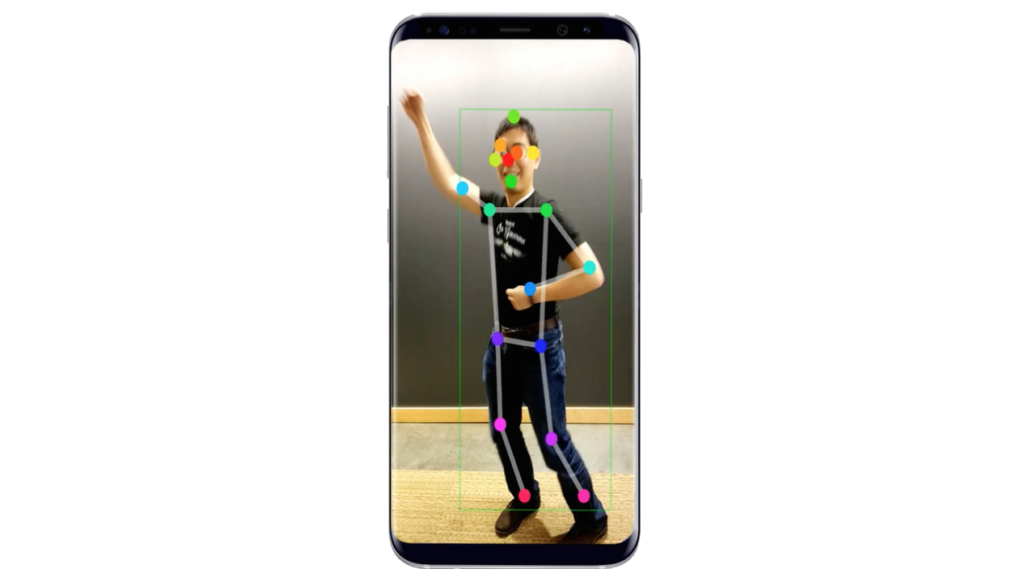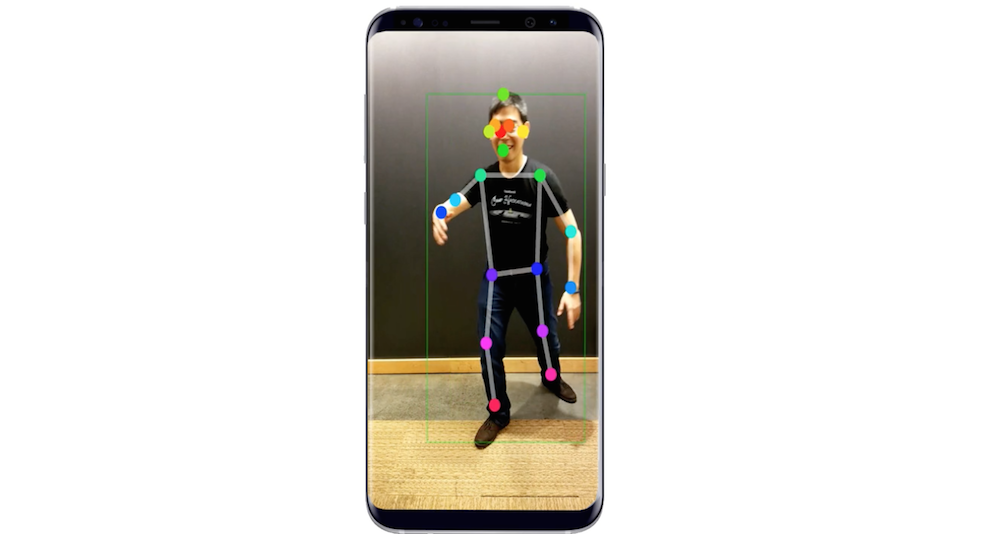The Facebook/Snap wars are heating up once again. This time, however, it’s Facebook creating technology that Snap may one day copy.
–
When Dancing Hotdogs Go To War
“Good artists borrow, great artists steal.” Those are the words of the late great Pablo Picasso. However, if the iconic painter had lived in modern day Silicon Valley, his famous quote might be remembered as “good companies acquire, Facebook steals.”
It’s no secret that the world’s largest social networking company has lifted a good bit of is repertoire from young, innovative companies. Things like Twitter’s tagging methods, Yelp’s company review functionality and even eBay’s person-to-person commerce strategy have all been cobbled together into Mark Zuckerberg’s unstoppable Internet chimera.
Facebook’s most recent target for “imitation” is Snap, Inc.
Snap’s uncanny ability to find creative uses for your smartphone’s camera grew the company from a scrappy college startup to a publicly traded multi-billion dollar unicorn.
Facebook reportedly tried to buy Snap in mid 2014 for $3 billion. The offer was rebuffed by then-23-year-old CEO, Evan Spiegel. Fortunately for Spiegel, his company is now worth eight times that, unfortunately for him Facebook’s secret motto is pulled directly from 1754: join or die.
In the year’s since the acquisition fell through, Facebook has used its massive resources to pivot its world-shaping image engines into Snapchat facsimiles. Both Facebook proper and Instagram now offer features and interfaces that mirror Snap’s industry-redefining tweaks.
The arms race between Facebook and Snap has accelerated the augmented reality revolution, with each company pursuing their own personal Manhattan projects of dog faces, dancing hotdogs and location-based animations.
For most of this battle ,Facebook has been seen as the old man playing catchup to Snap’s youthful advances. However, some newly announced research from the big blue F might just reverse that relationship for the very first time.
Bodyblocking

Snap has done a lot to change the user-smartphone-camera relationship, but its savviest move just might be the pioneering of real-time AR photo filters. The results of these experiments (flower crowns, puppy masks, etc.) actually have some serious technology lurking below the surface.
Getting a standard smartphone camera to map, track and understand our faces is no simple task. In its pursuit of the perfect selfie, Snap has also begun inching us closer the age of augmented reality.
And they would have gotten away with it too if it weren’t for that meddling Facebook.

In a newly published blog post, Facebook’s secretive research team revealed the work they’ve been doing to accelerate its own AR-filter initiatives. The results are probably furrowing a lot of brows over at Snap.
Facebook’s prototype tech is taking these filters beyond the face and trying to include your entire body. As the researchers put it:
We recently developed a new technology that can accurately detect body poses and segment a person from their background. Our model is still in research phase at the moment, but it is only a few megabytes, and can run on smart phones in real time. Someday, it could enable new applications many new applications such as creating body masks, using gestures to control games, or de-identifying people.
The language is carefully crafted so as not to target any one competitor specifically, but with a little decoding you can read “body masks” as “Snapchat 2.0.”
Optical Allusion

So what does this mean for the Facebook/Snap rivalry?
From a practical standpoint, it probably means very little. This tech is innovative, but its more than likely that Snap has its own version of similar software in active development. Body filters are the logical next step in the battle for your camera and both sides will likely be rolling out similar functionality in quick succession.
However, as the research blog concludes, the process is going to be difficult and incremental:
Developing computer vision models for mobile devices is a challenging task. A mobile model has to be small, fast and accurate without large memory requirements. We will continue exploring new model architectures which will lead to more efficient models. We will also explore models that can better fit in mobile GPUs and DSPs which has the potential to save both the battery and computational power.
It’s the optics that really make this interesting.
For the longest time, Snap was the cool kid at the skatepark while Facebook was the adult building the skate shop next door. While Facebook worried about budgets and marketing plans, Snap took a more youthful approach. It was rewarded by an army of young users.
Even Facebook’s recent attempts to copycat its way into the mindshare of the younger generation have had a very “how do you do fellow kids” sort of feel to it.
The research in this post is a drop in the bucket when it comes to overall AR supremacy. But it’s also the first drop to fall in Facebook’s bucket first.
Now, when Snap does reveal its own body-tracking research it will be Facebook that can roll its eyes and cry foul.
The bottom line is this: you might beat Facebook to a great new idea like AR-powered phone filters, but Zuck’s forces don’t like to lose. They’ll figure out what you’re doing eventually and, if you’re not careful, they’re going to start doing it better.
The post Facebook Preparing New Wave of Full Body AR Camera Lenses appeared first on VRScout.
from VRScout http://ift.tt/2rRreQK
via IFTTT

No comments:
Post a Comment